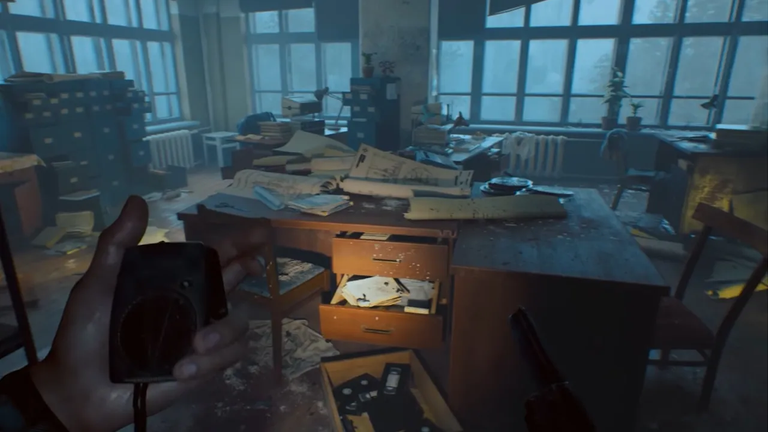
Survival genre games have grown and evolved for the past several decades, from doom clone shooters to the 3D game era that have embraced different cameras and changes to game mechanics fundamentally. It all started from Alone in the Dark, to games today where almost everything is possible. These games are called action horror, survival horror, or survival action horror, games developers today are taking the bigger initiative to scare the absolute pants out with so many upcoming games to boot.
The genre has been stall for the past few years, with most horror games being online survival horror like The Forest, horror games where you run and hide like Amnesia: Dark Descent, and some psychological horror ones that can be easily found in Steam. Resident Evil 7 and subsequent games with remakes, have been the only successful action horror series to co-exist till now, as that is about to change.
Too many names to boot, one thing's clear is that the genre we've been familiar with will change with these games forever. I want to look back at the survival horror origins, the successes found some time later, and where they're headed now. There's going to a lot to read up on, so brace yourselves.
Looking Back At The Winning Formula
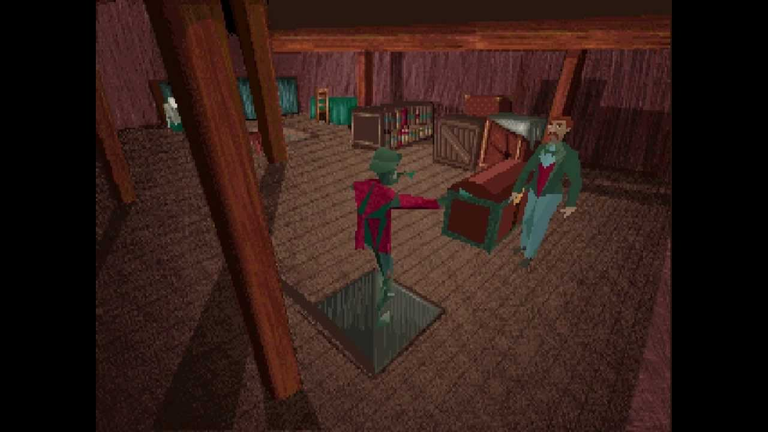
The granddaddy of survival horror games date way back in 1992 for the PC. The game was a technical marvel at that time and had inspired other games with its tank controls and fixed camera. Biggest inspirations came notably from Japan, like the Resident Evil and Silent Hill franchises.
While AitD was a smash hit, the legacy it made with the other games defined what the genre is supposed to be about. Not fixed cameras, stiff controls, and lack of visibility. The games focused on finding resources, munitions, and knowing when to take your enemy out. These games evoked tension, claustrophobia, anxiety, paranoia, uneasiness, and so on. One of its most successful influences was a Nintendo Gamecube game called Eternal Darkness.
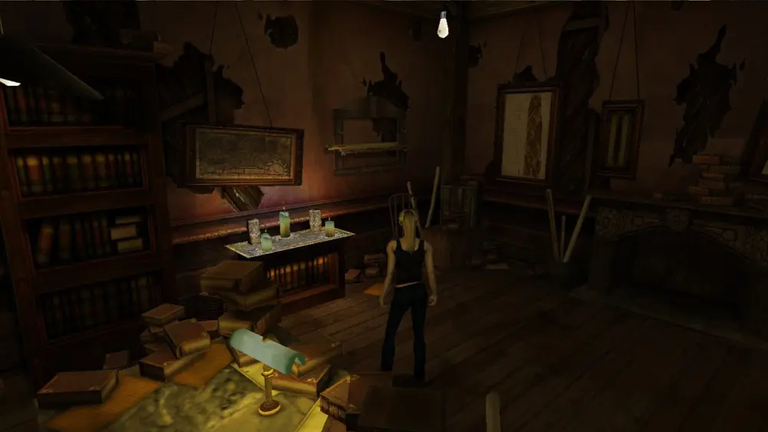
Fast-forward to the turn of the millennium and introduction of the dual stick, games have changed. Fixed cameras were gone and now allowed control of character's perspectives, meaning they could gawk at the level and environment around them as they please. This also meant that with only vision from one perspective, they were blind to the other, creating a different kind of tension than earlier games have had.
The fixed camera games still existed and were going strong, but the industry was shifting, and thus the move to first-person and mostly third-person games came around. Resident Evil had to make a turn-around by going full third-person action with RE4. This game cemented its status, and even other games like The Suffering, and Manhunt embedded action elements to its survival design thanks to it. Games like Condemned, and Doom 3 also found success as FPS survival horrors.
In subsequent years, with games like Gears of War becoming major hits, the need to build action-based survival horror games were coming around. Dead Space was the result of that; pure unfiltered, grotesque horror with a lot of corridor shooting and other ways to decapitate your enemies. Survival horror then was all about having weapons and dealing with the enemies as if they're eldritch abominations and will test your nerve every encounter.
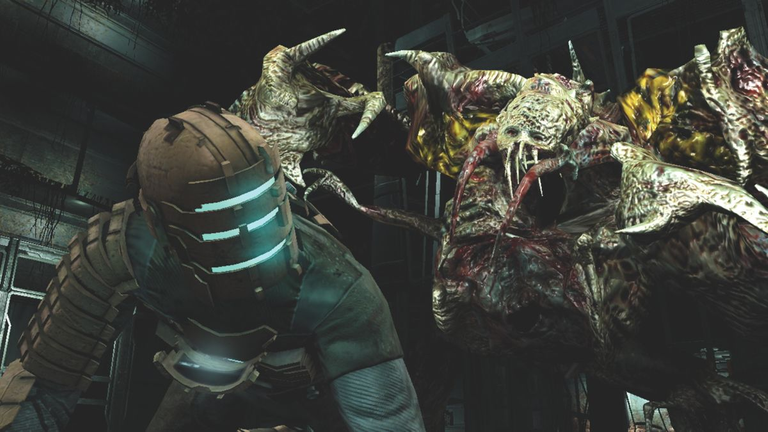
Though, because of how mainstream these games were becoming and losing touch with their roots, the genre started to falter. After Dead Space 3, and Resident Evil 6, most of the mainstream audience gave up on action horror. And have allowed different kind of horror games to take foot in the market.
New Trends, Downfall, And Chances Of Resurgence
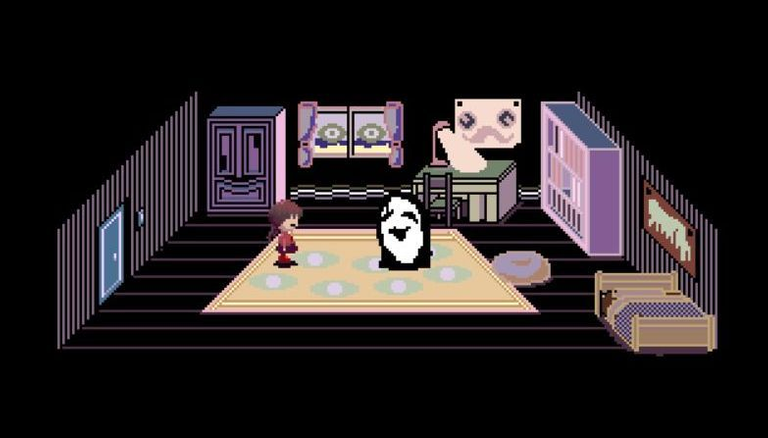
These games haven't garnered the success that prior mentioned games have, but that's not why the market started filling up. It is because these games are more focused on narrative as well as horror experience, entangled together inextricably. Rise of psychological horror games, paved by rise of YouTube Lets Plays and Amnesia games, created another trend, one where some notable series like Outlast also found success.
2D style horror games like Yume Nikki explores a rich world with narrative depth, and incredibly surreal atmosphere that blends the Earthbound art style with something really unsettling. These kinds of atmosphere are also present on first-person walking simulators like Devotion, with high intensity on horror atmosphere and crazy jump scares, the game encapsulated true horror with little compromise.
And finally, we did get something close to action horror. Intense FPS games like Dusk which takes place in the rural western America, fighting against cult members, possessed armed militants, and hell spawns. A game that is notably inspired by Quake, and Blood. Then there are games like No Players Online, which is a subversive take on the horror genre, using internet urban myths as the premise.
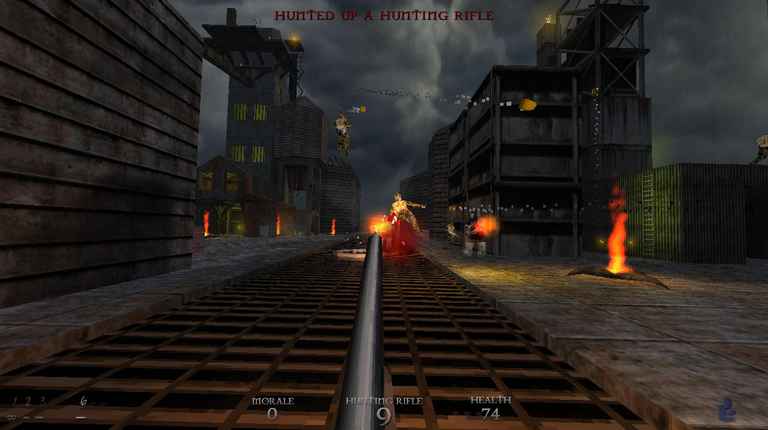
These indies have created a different market to one that was sort of on it's last legs. A market once saturated to becoming redundant later on. Or so some thought. Capcom was hard at work on the next Resident Evil game after 6, with the goal being that the game was going back to its horror roots. Resident Evil went first-person with RE7. It was a different experiment from their usual formula, but the game found success and brought back action horror into the foray once more. Later on, they've remade Resident Evil 2 entirely modernized, and it became very well received.
Evil Within was a return to form by none other than Shinji Mikami, creator of Resident Evil. Though that game had mixed results, especially with the sequel. Horror games based on the zombie genre like Dying Light also came around, which combined parkour with skill-based zombie killing became a notable success too, though mostly for its online co-op.
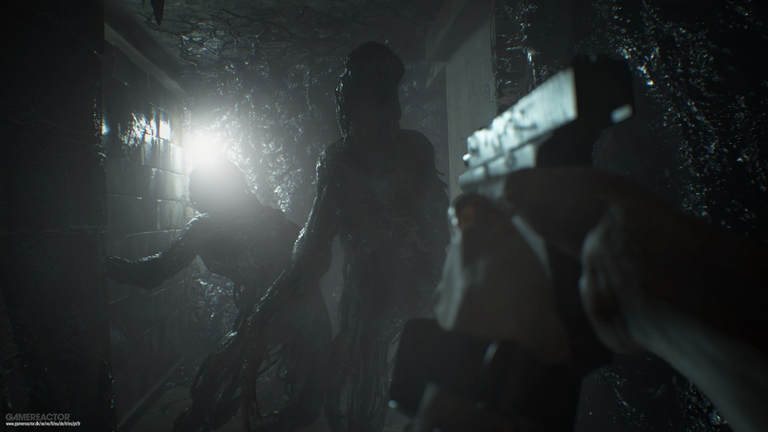
What I am trying to say is in hindsight, taking a break from things and exploring more creative ways to make your games always pays off. Especially now that the community is seeing so many developments, including F2P titles and GZDoom mods of their own. A new decade, much higher class of horror games are on the horizon after the arrival of next-gen gaming systems. From here on, things will change a whole lot.
Keeping Things New And Fresh
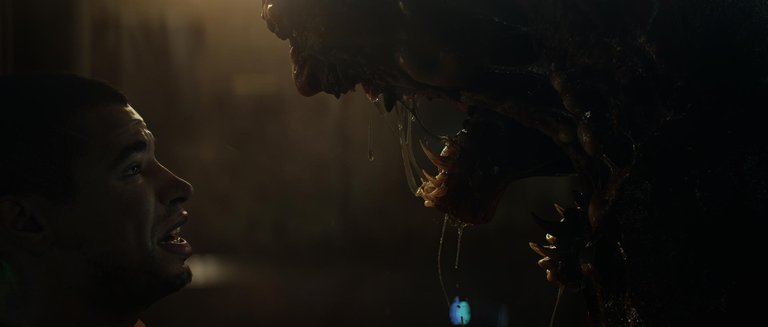
Ah yes, here we are. The final segment to this piece. I am sorry you had to read this far to get here, but I wanted to go back a bit before looking forward towards what's new on the horizon, and the games that are coming look absolutely crazy and stunning to boot. There's so much to talk about here.
If you haven't guessed the image above, that is from Callisto Protocol, which is a successor to Dead Space made by the same guy who produced the original game. He promises a lot gorier, and grotesque enemy designs and based on what was shown from the latest trailer, with Unreal Engine 5, they're pushing up the atmosphere to be more dense, claustrophobic, and the game to be more ruthless.
With the use of UE5, or Frostbite 3 with Dead Space remake, they will make use of Ray-Tracing to create unique situations with lighting. Noticeably brighter or dark areas can imbue different reactions and responses, creating any kinds of tension and atmosphere. Audio has gone beyond 2 channels now, you'll be hearing echos from untraceable areas of the map, and you won't be able to figure if that was the enemy or the game creating paranoia. Differences are noticeable if you start looking for the details. Complex decapitation systems, large layers of animation, environmental destruction, and amazing visual presentation put these two titles right on anybody's map.

Atomic Heart, which is a game being made in Russia, shown an insane amount of visual presentation of how bizarre of a game they can make. Art style, and character designs alone create a big reason to get into it, but when it's a survival horror that plays like Shadow Warrior, you really couldn't make me any more excited. Stalker 2 sets to return as the post-apocalyptic RPG shooter, where mood, less musical presence, and dark aesthetic is what really lures you into the alternative post-Chernobyl world. Both games uses Unreal Engine. Showing the potential of other titles taking more creative liberties into distinguishing one another very well.
Gameplay won't be stale, because there has been so many different kinds of titles that have arrived in the market, it seems easy to come up with any of their own ideas into making theirs different and fresh while borrowing some ideas. Some of them are also made by veterans who've already done a lot. Keiichiro Toyama of Silent Hill fame is working on Slitterhead, which is a game that takes place in Hong Kong and will feature his unique, eccentric creature design in the same way as his storytelling. Grander map design, with claustrophic levels inbetween, with the intention of dealing with monstrous enemies in a densely packed city.
I wish I could add more, there's so much to pick on like ILL. Which features enemy design from Oleg Vdovenko, the game only managed to show footages so far, but they finally have a working demon on the way. Routine which is a revival of an Indie gem that was shown in 2013, and sealing the deal is Resident Evil 4 Remake slated for next year. H.R. Geiger inspired game like Scorn, coming this year, and maybe that rumored Kojima game called Overdose might be revealed soon.
Nothing much end note to add, writing this kept me busy. What horror game are you expecting to play soon? Do let me know.